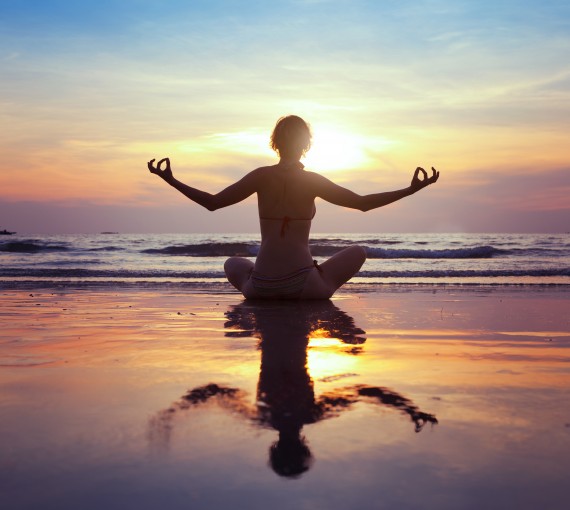Embracing Stillness
May is Meditation Month so I’m trying (once again) to give this the old college try. Making the time to be still and quiet your mind requires much practice. For many busy moms, this can be counterintuitive because there is (and always will be) something tugging at your consciousness – the kids; spouse; job; housework; meals; commitments; the fact that your family is running short on clean undies; you have to pee – I could go on. Truth be told, meditation is a skill that has eluded me, it’s my “white whale”. No matter how often I try and how many methods I try I just haven’t quite gotten there yet. But I continue to come back to it because I know how beneficial it can be and I also know that sometimes the things that are the most difficult for a person to do are those that need to be done. I am getting marginally better but I have a long way to go so I welcome all of you out there to make a little time during May to practice some form of mediation and try embracing and enjoying the art of being still, guilt-free with me. Below are three common, yet easy meditation methods to try. However, if like me, you start twitching after sitting still for 20 seconds you can try the breath or guided meditation while doing an easy run, walk or bike (keep in mind a treadmill or stationary bike may be better so you do not have to navigate roads and people while trying to zone out). Another option would be something like Bikram Yoga that is physical but is consistently the exact same poses every time.
Breath Awareness – This technique is meant to keep you entirely focused on your breathing. In a pinch you can do this in your car or office and just concentrate on your breath as you inhale and exhale. By doing this you automatically deepen and slow down your breaths, which will physically relax you. If you have a little more time and privacy you can do this sitting or lying in a darkened room and control your breath – inhale for 4 counts, exhale for 6, and as you do this imagine breathing in peace, light and positive energy and breathing out anger tension and negativity.
Visualization – This method draws on as many senses as possible to imagine a situation, setting or outcome as closely to the real thing as possible. Athletes employ this method to help build confidence and to decrease stress and anxiety in a competitive setting. Use this technique to visualize a goal, important meeting or presentation. Or use detailed imagery to picture yourself in a favorite relaxing location (beach, woods etc) to bring about a sense of serenity. The more detailed the imagery the more effective. Further to this technique is the use of Guided Imagery, which draws upon the same principles, but with the use of a recorded voice (it could be your own) “walking” you through your visualized setting, asking specific questions (what do you see, hear, smell/etc) to direct your relaxation even further.
Progressive Relaxation – This method works best lying in a quiet room. Starting at your head (or feet), you work your way down your body taking notice of where you have tension. At each site you will stop, contract or squeeze the muscles for 3-5 seconds and then release. For example, scrunch up your face then relax it, move to your neck and repeat, then your shoulders and so on. This systematic method not only keeps your mind focused on the present task but it physically relaxes you and also helps slow the breath. Once you are more in tune with your body, you can use this method anywhere to identify and focus the exercises specific to the areas that are most tense.




















